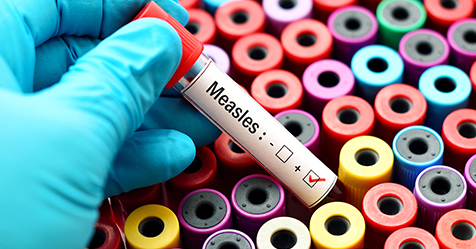Reminders for World Hand Hygiene Day
5 Steps to Keep Your Hands Clean During a Pandemic
Although hand hygiene is always an important topic, World Hand Hygiene Day—which is commemorated each year on May 5—has special significance this year as people worldwide are focused on preventing the spread of the SARS-CoV-2 virus that causes COVID-19.
Sofidel America Corp. has released a list of crucial hand hygiene best practices for facilities to implement and promote. When combined with other strategies, like social distancing and regular cleaning and disinfecting, hand hygiene can limit the spread of pathogens including coronavirus.
“While many governments have enacted shelter-in-place orders, essential businesses are still operating, and consumers are frequenting these places for groceries, medications and more,” said Giorgia Giove, Marketing Manager – Away from Home, Sofidel America. “During this crisis, it’s important to revisit handwashing best practices to keep workers and building visitors hygienic and healthy.”
Facility managers can follow five tips to help prevent their building’s tenants and visitors from spreading germs:
- Encourage frequent handwashing—As the National Institutes of Health found that SARS-CoV-2 is stable for several hours on surfaces, many facilities have increased the frequency and thoroughness of cleaning and disinfection during the pandemic. They also should urge employees and visitors to wash hands regularly to remove any germs that may have transferred from surfaces.
- Promote proper handwashing—A 2018 study from the U.S. Department of Agriculture found that consumers fail to properly clean their hands 97% of the time. The U.S. Centers for Disease Control and Prevention (CDC) recommends scrubbing hands for at least 20 seconds. Post signage in restrooms and near sink stations that reminds people to pay special attention to overlooked spots like the backs of hands, between fingers, and underneath nails.
- Regularly check inventory—Make sure your facility’s restroom patrons always have access to soap, running water, and hand-drying methods. Additionally, encourage restroom guests to take only what they need. A 2018 Harris Poll found that about 1 in 4 Americans (24%) admit to taking more paper towels than needed when using paper towels to dry their hands in a public restroom. Conserving resources is always important, especially during a time of product shortages.
- Provide hand-drying supplies—Adequately drying hands is just as critical as handwashing. According to the Mayo Clinic, wet hands spread germs more easily than dry hands. Make sure workers and customers have access to paper towels or air dryers for complete hand hygiene compliance.
- Offer solutions for between washes—Facilities can implement additional strategies to support clean hands, including installing automated hand-sanitizer stations, providing disinfectant wipes at facility entrances, disinfecting pens used by employees and visitors, and requiring employees to wear and replace gloves frequently. While these tactics do not eliminate the need for handwashing with soap and water, they offer further protection against contagious germs.

